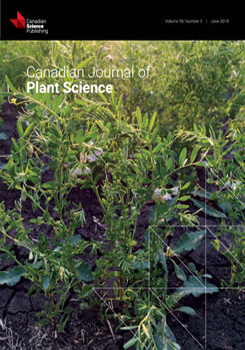Blue honeysuckle (Lonicera caerulea L.) is a novel fruit crop that stands out for its northern climatic adaptation. Understanding spring phenological adaptation to temperate climate is central to development of a broader range of production and greater mainstream crop potential. In 2012 and 2013 across three sites in the Fraser Valley, British Columbia, spring phenophases from bud break to fruit harvest were determined across three foundation groups. Genetic variability is characterized for Russian, Japanese, and Kuril blue honeysuckle foundation groups used in breeding at the University of Saskatchewan, Saskatoon, SK. Germplasm group membership is the principal feature of phenological adaptation. Although temperate climate adaptation is limited in the Russian germplasm, the intermediate Japanese and later Kuril spring phenology provide an adequate degree of temperate climate adaptation to facilitate commercial production. These findings demonstrate that blue honeysuckle has phenological adaptation to a temperate climate. Diversity between and within genetic groups presents opportunities for crop enhancement, especially through breeding for later bloom periods.
How to translate text using browser tools
26 October 2017
Spring phenological adaptation of blue honeysuckle (Lonicera caerulea L.) foundation germplasm in a temperate climate
Eric M. Gerbrandt,
Robert H. Bors,
Ravindra N. Chibbar,
Thomas E. Baumann
ACCESS THE FULL ARTICLE
It is not available for individual sale.
This article is only available to subscribers.
It is not available for individual sale.
It is not available for individual sale.

Canadian Journal of Plant Science
Vol. 98 • No. 3
June 2018
Vol. 98 • No. 3
June 2018
bloom
bud break
camerise
débourrement
floraison
genetic resources
harvest




